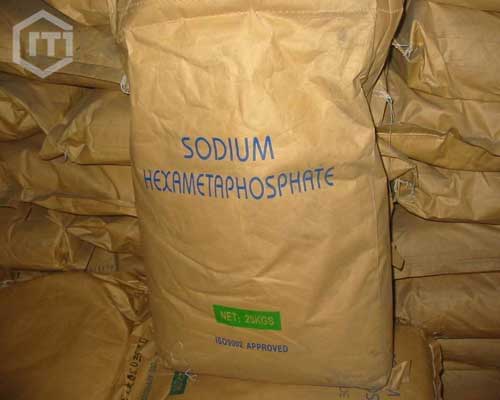Introduction (approx. 100 words):

Sodium phosphates, including Sodium Hexametaphosphate, Mono Di Tri Sodium Phosphate, Sodium Phosphate Monobasic, Dibasic, and Tribasic, are essential chemical compounds widely used in various industries. Encompassing a broad range of applications, these sodium phosphates contribute significantly to the production of numerous household and industrial products. In this blog post, we will explore the versatility and benefits of sodium phosphates, focusing on their usage and growing demand in the global markets. Additionally, we will discuss their availability and exporters catering to countries such as the USA, Tanzania, Kenya, Egypt, Turkey, Brazil, and Chile.
Exploring Sodium Phosphates (approx. 300 words):
1. Sodium Hexametaphosphate: Sodium Hexametaphosphate, also known as SHMP, is an additive widely used in the food industry. Primarily employed as a sequestrant, it helps maintain the quality and texture of processed foods. Additionally, it acts as a dispersing agent, preventing the clustering of food particles. Its capabilities make it particularly useful in meat, poultry, and seafood products. SHMP is also used in water treatment, ceramics, and the textile industry.
2. Mono, Di, and Tri Sodium Phosphate: Often abbreviated as MSP, DSP, and TSP, respectively, these components of sodium phosphates are popular for their versatility. MSP is commonly used as a cleaning agent in household products like detergents, while DSP serves as a buffering agent, pH adjuster, and food additive. TSP, known for its stain-removing properties, is commonly used in cleaning products, such as laundry detergents, ceramic tile cleaners, and degreasers.
3. Sodium Phosphate Monobasic and Dibasic: These sodium phosphates, also known as MSP and DSP, have essential applications ranging from laboratory uses to agriculture. MSP is widely used in buffering solutions for scientific research and serves as a pH adjuster in various analytical methods. DSP is frequently used in fertilizers, acting as a source of phosphorus for plant growth and development. Its availability as a supplement aids in the improvement of crop productivity.
Benefits and Applications (approx. 400 words):
1. Food Industry: As mentioned earlier, sodium phosphates are extensively used in the food industry as sequestrants, emulsifiers, and stabilizers. They help improve the texture and quality of processed cheese, canned seafood, and preserved meats by preventing undesirable changes. Additionally, they contribute to enhancing the shelf life of these products, reducing spoilage and maintaining overall freshness.
2. Cleaning Products: The cleansing prowess of sodium phosphates makes them integral components of various household and industrial cleaning agents. Particularly, TSP's stain-removing capabilities have led to its inclusion in laundry detergents, deck cleaners, and paint removers. Their effectiveness in breaking down and removing tough stains from various surfaces has made them a popular choice for cleaning applications.
3. Water Treatment: Sodium Hexametaphosphate plays a vital role in water treatment processes. By preventing the formation of scale and improving water softness, it aids in enhancing the efficiency of water-based systems and appliances. Its sequestering properties control the precipitation of minerals, ensuring smooth operation and longevity of industrial equipment.
4. Agriculture: Sodium phosphates are widely used in the agricultural sector due to their high phosphorus content, which acts as a vital nutrient for plant growth. DSP, in particular, is commonly used in fertilizers, promoting healthy root development, flowering, and fruiting. The controlled release of phosphorus aids in the sustained supply of nutrients, leading to improved crop productivity and overall plant health.
Exporters and Global Reach (approx. 200 words):
To meet the growing global demand for sodium phosphates, numerous manufacturers and exporters have established themselves in different regions. These exporters provide a steady supply of these chemicals to countries such as the USA, Tanzania, Kenya, Egypt, Turkey, Brazil, and Chile. Their commitment to quality, reliability, and timely delivery makes them valuable partners in various industries.
Conclusion (approx. 100 words):
Sodium phosphates, including Sodium Hexametaphosphate, Mono Di Tri Sodium Phosphate, Sodium Phosphate Monobasic, Dibasic, and Tribasic, play indispensable roles in multiple domains. From their usage in the food industry as sequestrants and stabilizers to their applications in cleaning products, water treatment, and agriculture—they offer a multitude of benefits. As their demand continues to rise, manufacturers and exporters ensure a steady supply to countries across the globe. By harnessing the versatility and advantages of sodium phosphates, industries can enhance their processes, improve product quality, and contribute to a sustainable future.
